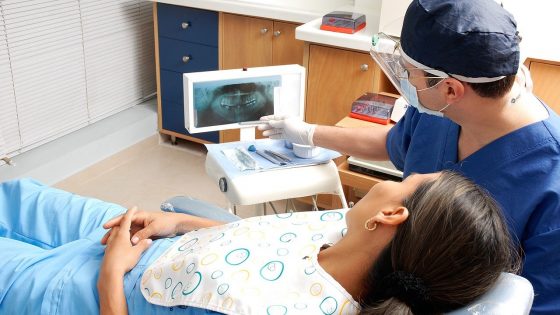cervical dysplasia
The abnormal growth of cells on the surface of the cervix. Cervical dysplasia is usually caused by certain types of human papillomavirus (HPV) and is found when a Pap test or cervical biopsy is done. It can be mild, moderate, or severe, depending on how abnormal the cells look under a microscope and how much of the cervical tissue is affected. Cervical dysplasia is not cancer, but may become cancer and spread to nearby normal tissue.
cervical intraepithelial neoplasia
Abnormal cells are found on the surface of the cervix. Cervical intraepithelial neoplasia is usually caused by certain types of human papillomavirus (HPV) and is found when a cervical biopsy is done. Cervical intraepithelial neoplasia is not cancer, but may become cancer and spread to nearby normal tissue. It is graded on a scale of 1 to 3, based on how abnormal the cells look under a microscope and how much of the cervical tissue is affected. For example, CIN 1 has slightly abnormal cells and is less likely to become cancer than CIN 2 or CIN 3. Also called CIN.
cervical intraepithelial neoplasia grade 2/3
Abnormal cells are found on the surface of the cervix. Cervical intraepithelial neoplasia grade 2/3 is usually caused by certain types of human papillomavirus (HPV) and is found when a cervical biopsy is done. Cervical intraepithelial neoplasia grade 2/3 has features of CIN 2 and CIN 3. It is not cancer, but may become cancer and spread to nearby normal tissue if not treated. Treatment for cervical intraepithelial neoplasia grade 2/3 may include cryotherapy, laser therapy, loop electrosurgical procedure (LEEP), or cone biopsy to remove or destroy the abnormal tissue. Also called CIN 2/3.
cervical squamous cell carcinoma
A type of cervical cancer that begins in squamous cells of the cervix. Cervical squamous cells are found in tissue that lines the outer part of the cervix. They are thin, flat cells that look like fish scales under a microscope. Most cervical cancers are squamous cell carcinomas.
cervical squamous intraepithelial neoplasia 1
Slightly abnormal cells are found on the surface of the cervix. Cervical squamous intraepithelial neoplasia 1 is usually caused by infection with certain types of human papillomavirus (HPV) and is found when a cervical biopsy is done. Cervical squamous intraepithelial neoplasia 1 is not cancer and usually goes away on its own without treatment, but sometimes it can become cancer and spread into nearby tissue. Cervical squamous intraepithelial neoplasia 1 is sometimes called low-grade or mild dysplasia. Also called CIN 1.
cervical squamous intraepithelial neoplasia 2
Moderately abnormal cells are found on the surface of the cervix. Cervical squamous intraepithelial neoplasia 2 is usually caused by certain types of human papillomavirus (HPV) and is found when a cervical biopsy is done. Cervical squamous intraepithelial neoplasia 2 is not cancer, but may become cancer and spread to nearby normal tissue if not treated. Treatment for cervical squamous intraepithelial neoplasia 2 may include cryotherapy, laser therapy, loop electrosurgical procedure (LEEP), or cone biopsy to remove or destroy the abnormal tissue. Cervical squamous intraepithelial neoplasia 2 is sometimes called high-grade or moderate dysplasia. Also called CIN 2.
cervical squamous intraepithelial neoplasia 3
Severely abnormal cells are found on the surface of the cervix. Cervical squamous intraepithelial neoplasia 3 is usually caused by certain types of human papillomavirus (HPV) and is found when a cervical biopsy is done. Cervical squamous intraepithelial neoplasia 3 is not cancer, but may become cancer and spread to nearby normal tissue if not treated. Treatment for cervical squamous intraepithelial neoplasia 3 may include cryotherapy, laser therapy, loop electrosurgical procedure (LEEP), or cone biopsy to remove or destroy the abnormal tissue. Cervical squamous intraepithelial neoplasia 3 is sometimes called high-grade or severe dysplasia. Also called CIN 3.
cervicectomy
Surgery to remove the cervix (the end of the uterus that forms a canal between the uterus and the vagina).The upper part of the vagina and certain pelvic lymph nodes may also be removed. Also called trachelectomy.
CerviPrep
A device used to deliver drugs directly to the cervix (the lower, narrow end of the uterus that forms a canal between the uterus and vagina). The CerviPrep covers the cervix and protects surrounding tissue. Drugs may be injected into the inner part of the cervix through a syringe attached to the device.
cervix
The lower, narrow end of the uterus that forms a canal between the uterus and vagina.













